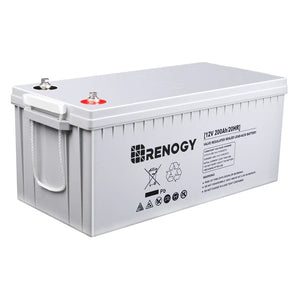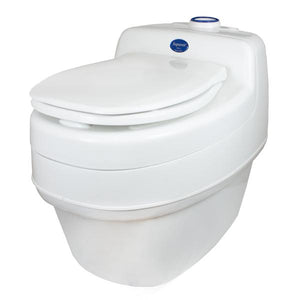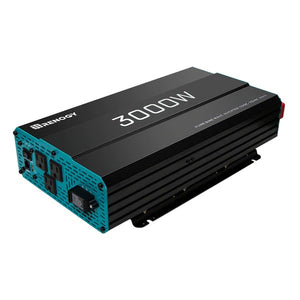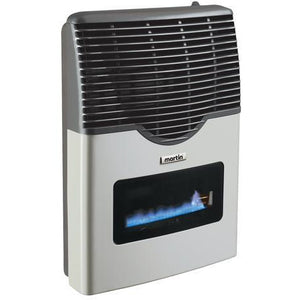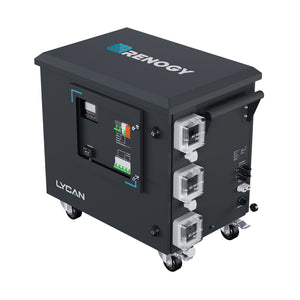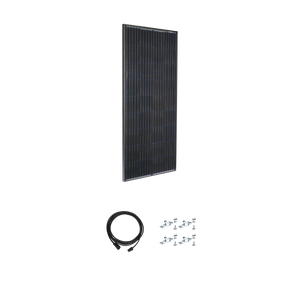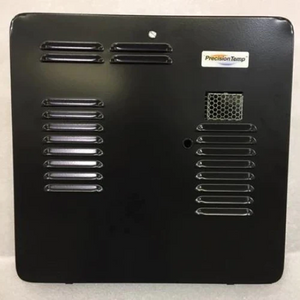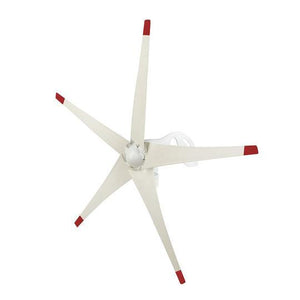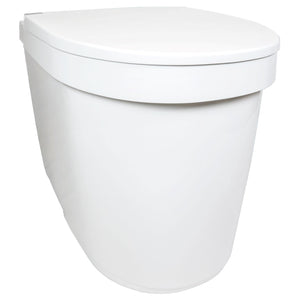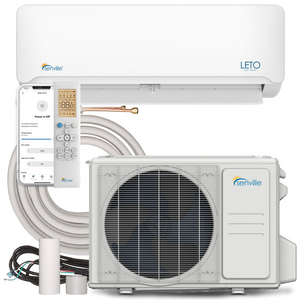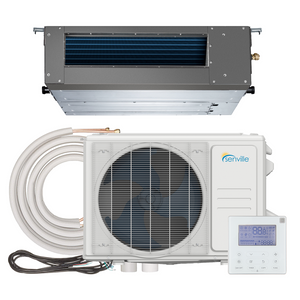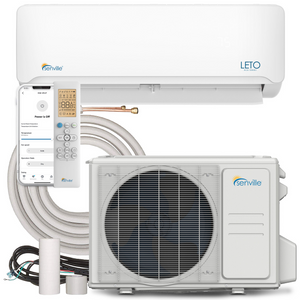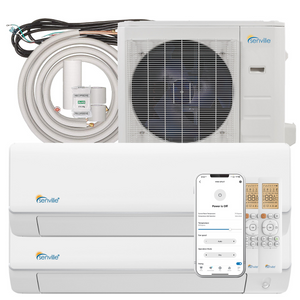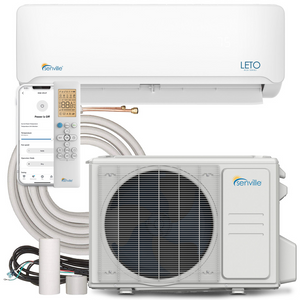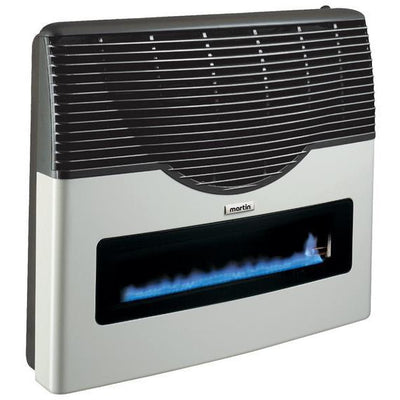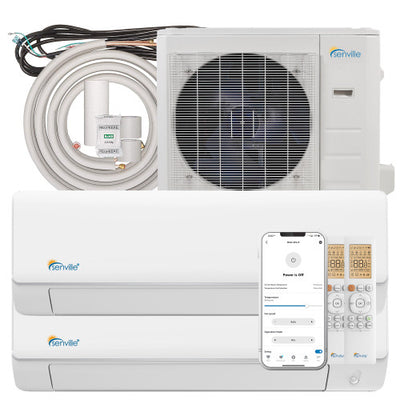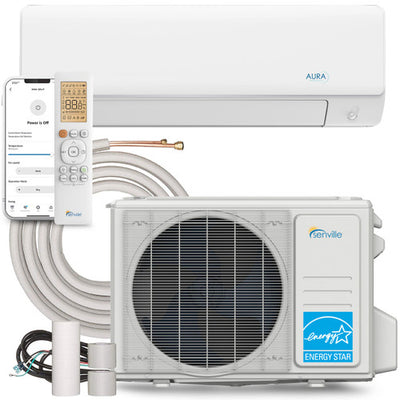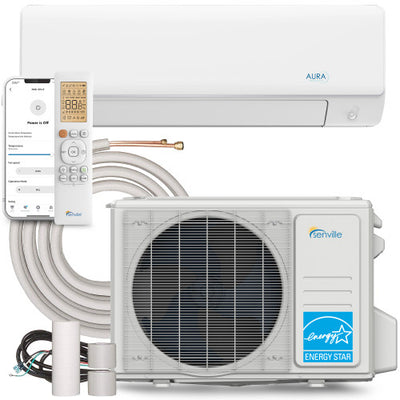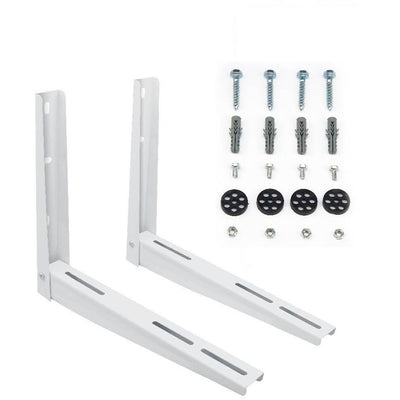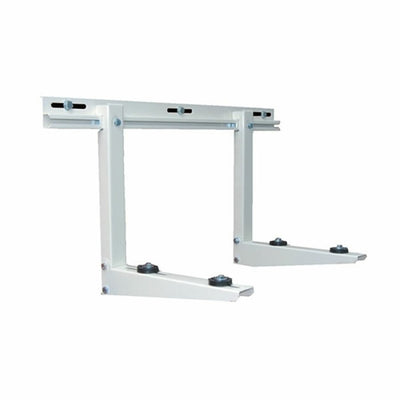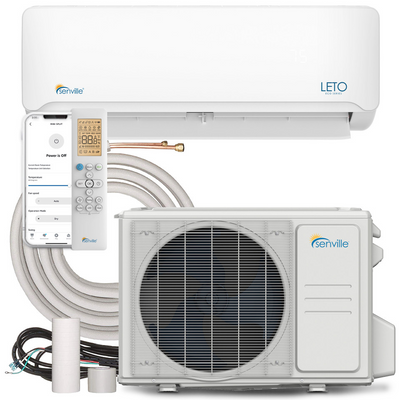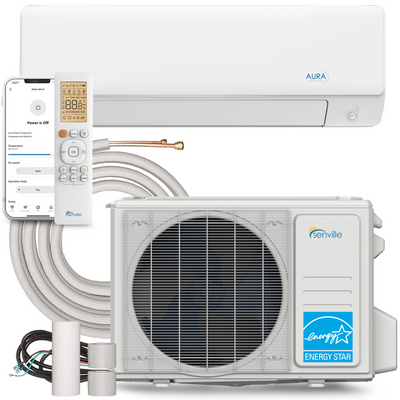When the chilly weather arrives, having a reliable and efficient gas heater can transform your indoor space into a cozy sanctuary. However, with so many options available, finding the perfect propane heater, or natural gas heater can be overwhelming. In this comprehensive shopping guide, we will explore the key factors to consider when choosing a propane, or natural gas heater for your indoor space. We will also highlight a few popular models, including the Dickinson P9000, P12000, along with the Martin Direct Vent Heater collection, to help you make an informed decision.
Key Factors in Choosing your Heater:
-
Determine Your Heating Needs: Before diving into the specifics, it's essential to assess your heating requirements. Consider the size of your space, insulation, and the desired temperature range. This evaluation will help you determine the heating capacity (BTU) needed for efficient and comfortable heating.
-
Safety Features: When selecting a propane heater, prioritize safety features such as an oxygen depletion sensor (ODS) and tip-over protection. These mechanisms ensure that the heater automatically shuts off in case of low oxygen levels or accidental tip-overs. Ensuring the safety of your indoor space is paramount.
-
Efficiency and Fuel Consumption: Efficiency plays a crucial role in optimizing your heating costs. Look for heaters with high efficiency ratings to minimize fuel consumption while maximizing heat output. Models with adjustable heat settings allow you to maintain a comfortable temperature while conserving energy.
-
Consider the installation requirements and maintenance procedures associated with the propane heater you choose: Some heaters may require professional installation, while others offer user-friendly installation options. Additionally, regular maintenance, such as cleaning and replacing filters, ensures optimal performance and longevity.
-
Customer Reviews and Ratings: Before making a final decision, take the time to read customer reviews and ratings for the chosen models. This firsthand feedback can provide valuable insights into the heater's performance and reliability. This is one of our most important factors.
Off-grid Propane & Off-grid Gas Heaters we Recommend:
Dickinson P9000 Propane Heater:
The Dickinson P9000 is a highly regarded propane heater known for its exceptional performance and durability. With its compact design and 8,000 to 12,000 BTU heating capacity, it's an ideal choice for smaller indoor spaces like tiny homes, recreational vehicles, schoolies, vans, and boats. This model features an oxygen depletion sensor (ODS) for enhanced safety, a built-in thermostat, and adjustable heat settings.
Dickinson P12000 Propane Heater:
For larger indoor areas, the Dickinson P12000 offers powerful heating capabilities with a range of 10,000 to 12,000 BTU. This model shares the same safety features as the P9000, including the oxygen depletion sensor, and provides adjustable heat settings to suit your preferences.
Martin Direct Vent Heaters:
The Martin Direct Vent Heaters combine the convenience of propane heating with a direct vent wall venting system that ensures the combustion byproducts are safely expelled outside. This Vent directs the gasses out the back of the heater through the wall so you have no flue or vent pipe to look at. This saves space and is more ascetically pleasing unless you are looking for that furnace look in your tiny home. These heaters come in various sizes and heating capacities, making them suitable for different indoor spaces. With their high energy efficiency and reliable performance, Martin Direct Vent Heaters are an excellent option for those seeking long-term heating solutions.
Choosing and Sizing the Right Gas Heater for You:
When it comes to heating your tiny home, a gas heater can be an efficient and cost-effective option. Here's a guide to help you size and choose the right gas heater for your tiny home:
-
Determine your heating needs: The first step in sizing a gas heater for your tiny home is to determine your heating needs. Consider the size of your tiny home, the insulation, and the climate in your area. You can use a heat load calculator to determine the heating capacity you need.
-
Choose the right type of gas heater: There are different types of gas heaters available, including freestanding, wall-mounted, and portable heaters. Freestanding heaters can be bulky, but offer the most heating capacity. Wall-mounted heaters are more compact and can be installed out of the way. Portable heaters are the most flexible option, but have lower heating capacity.
-
Choose the right heating capacity: Gas heaters are rated by BTUs (British Thermal Units), which is a measure of heat output. Choose a gas heater with the right heating capacity to meet your needs. For example, a tiny home of 300 square feet may only need a heater with a capacity of 5,000-7,000 BTUs, while a larger tiny home of 600 square feet may need a heater with a capacity of 10,000-15,000 BTUs.
-
Consider additional features: Some gas heaters come with additional features like built-in thermostats, programmable timers, and automatic shut-off. Consider these features when choosing a gas heater for your tiny home, but keep in mind that they can add to the overall cost.
-
Consider safety features: Gas heaters can pose a safety risk, so make sure to choose a heater with safety features like an oxygen depletion sensor (ODS) and a tip-over switch. An ODS will shut off the heater if the oxygen level in the room drops too low, while a tip-over switch will shut off the heater if it is knocked over.
-
Consider your budget: Gas heaters can range in price from a few hundred dollars to several thousand dollars. Consider your budget when choosing your gas heater, and make sure to factor in the cost of installation and any additional components you may need.
-
Consult with a professional: If you're not sure how to size and choose the right gas heater for your tiny home, consider consulting with a professional. A heating contractor can help you assess your heating needs, choose the right components, and install your gas heater.










